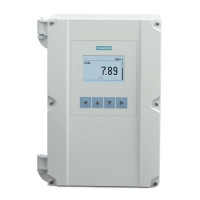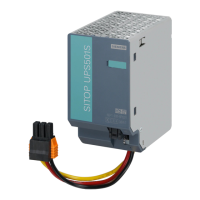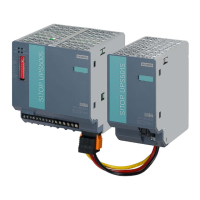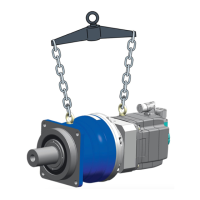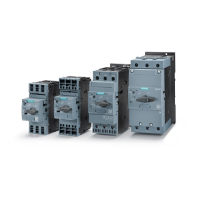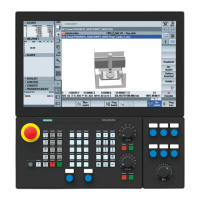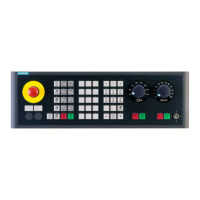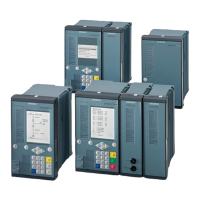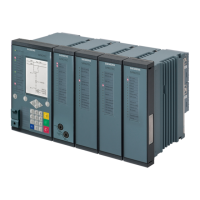3.1 What is a Variable Frequency Drive?
A Variable Frequency Drive or VFD controls the rotation of an alternating current motor by
varying the frequency of the electrical power supplied to the motor.
These flexible systems provide accurate speed control and minimize energy usage by
matching motor output to a required load. For example, rather than using a fixed speed
motor for a fan or pump and inefficiently controlling flow output through a damper or valve,
the motor speed can be varied to directly control the rate of flow. VFDs also have soft start
capabilities that reduce peak current draws and wear on electrical and mechanical parts.
These devices are also known as Variable Speed Drives, Adjustable Frequency Drives, or
Inverter Drives.
3.2 How does a VFD Work?
A ‘drive’ refers specifically to the voltage and frequency converter that controls the output to
the motor. A complete system generally includes a drive converter, an AC motor, and a
configuration and control interface.
The drive converter takes an Alternating Current (AC) input and rectifies it to Direct Current
(DC). This intermediate DC voltage is changed again to AC at a desired frequency and
amplitude using a switching inverter stage. This voltage is output to a motor and the
frequency and amplitude varied by a microcontroller to control speed.
The motor is typically a three-phase induction motor, although other configurations are
possible.
The configuration and control interface for the VFD system can be a Human Machine
Interface (HMI), a setpoint input or a module for interfacing to a communications bus, such
as PROFIBUS DP.

